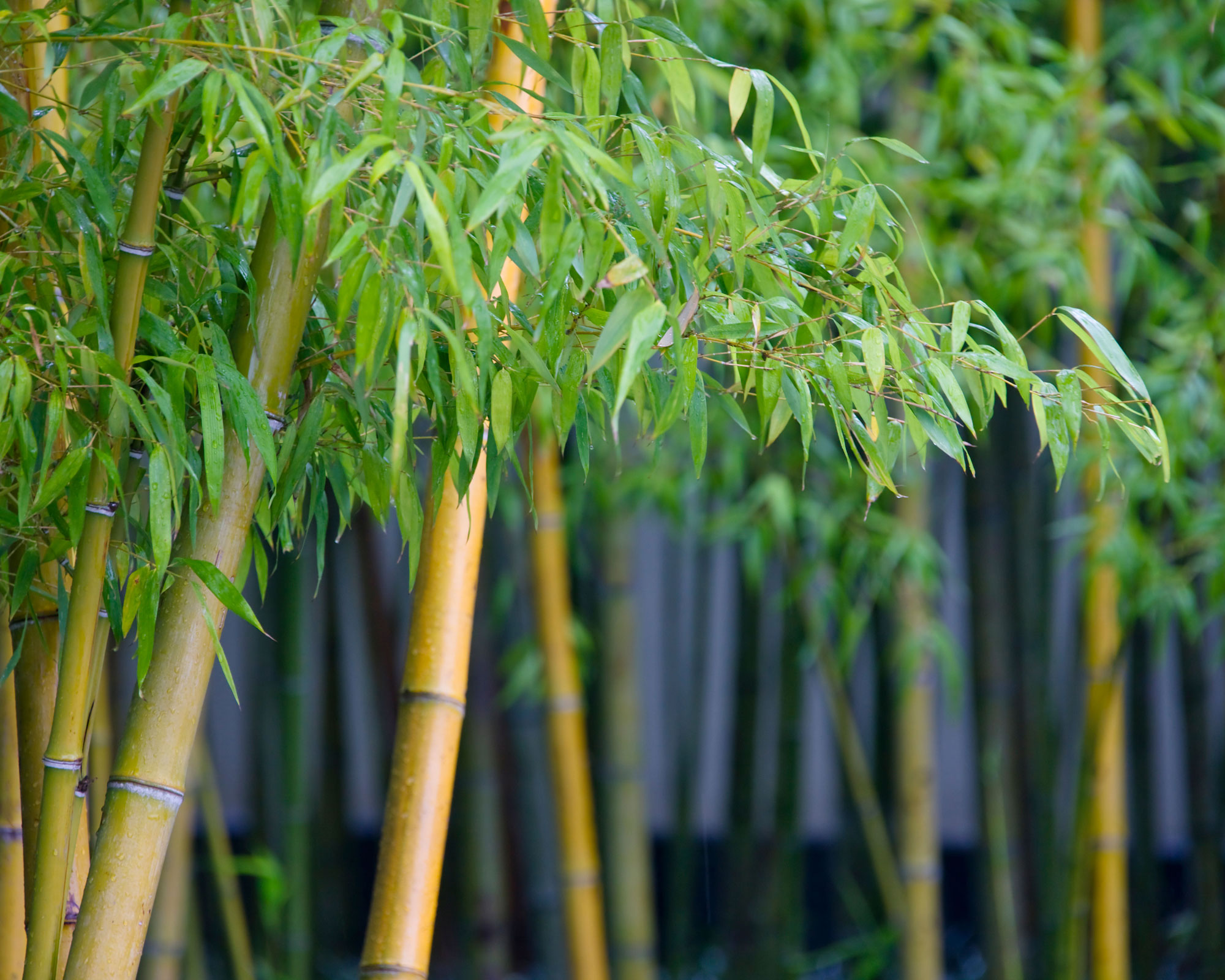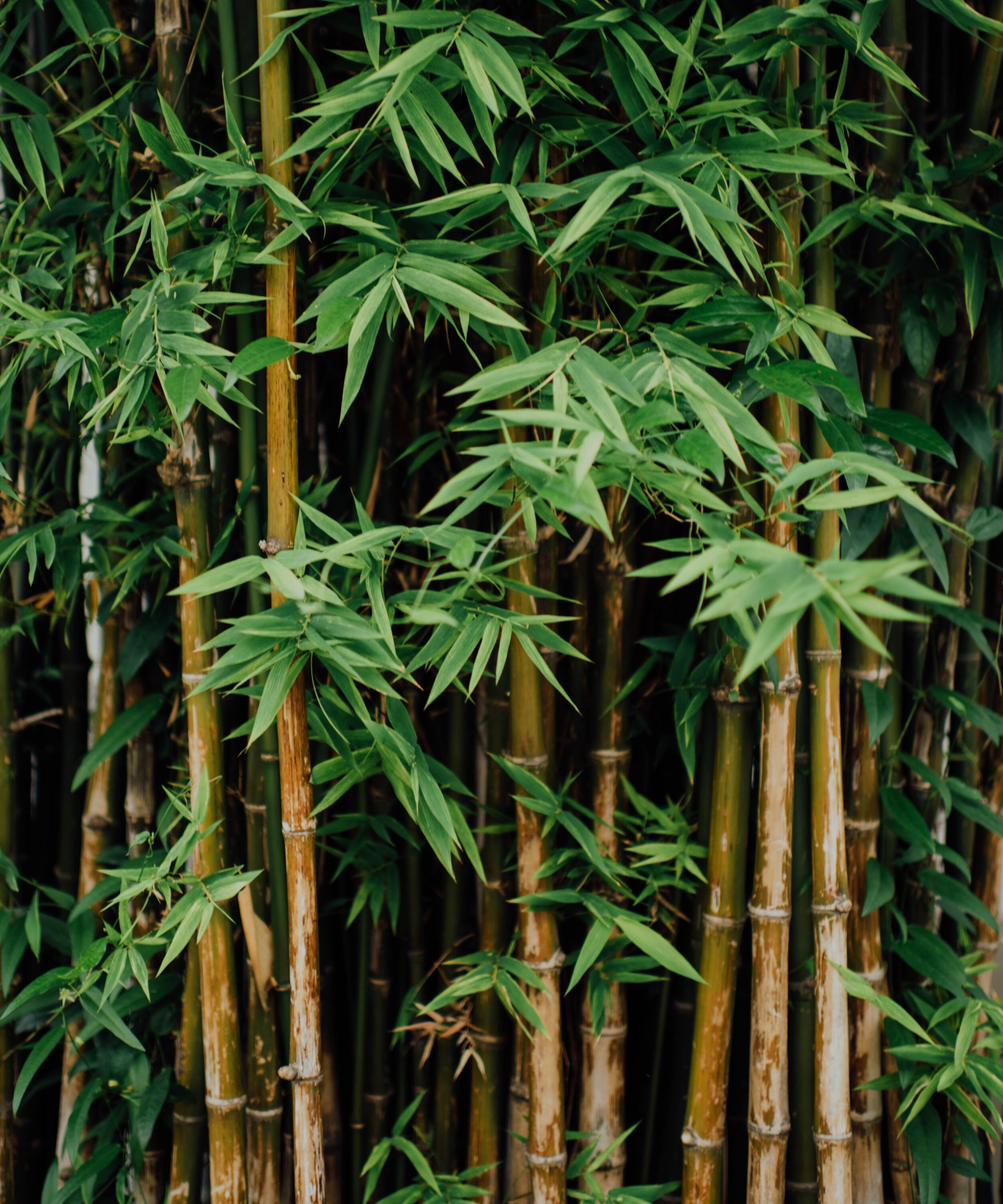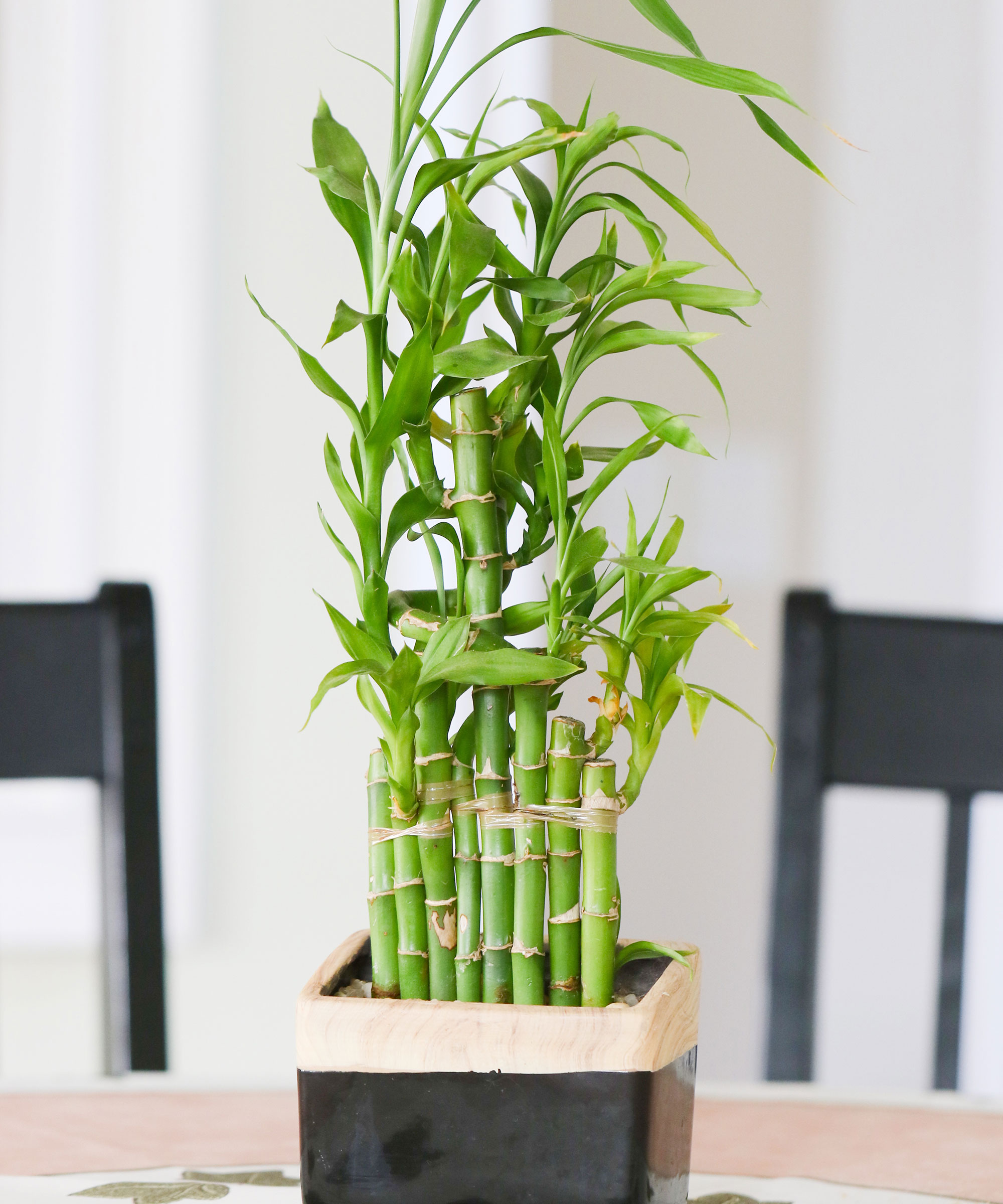Why is my bamboo plant turning yellow? Expert solutions to keep yours green
Discover the possible cause of your bamboo plant turning yellow, and how to fix it, with this guide


Tricky to maintain but easy to grow, bamboo is a wonderful addition to both your home and your backyard if you want some privacy or a soothing landscape. Understanding why your bamboo might be turning yellow can be difficult, however, but can certainly ruin the look of your yard.
When it comes to looking after bamboo, learning how to cut bamboo or how to stop bamboo from spreading is only the start of maintaining these evergreen plants. Learning why your bamboo plant is turning yellow and how to remedy it is an essential part of bamboo maintenance.
Here, experts have offered their advice for rescuing a yellowing bamboo, so that you can easily look after this otherwise plant.
Why is my bamboo plant turning yellow?
There are several reasons why your bamboo plant may be turning yellow, and the cause can depend on whether you have an outdoor bamboo bush or a smaller, bamboo plant in your home.
Indoor bamboo plants could fall victim to common houseplant pests, overwatering, or insufficient light, for example, whereas outdoor bamboo plants are more susceptible to disease or bad weather.
'Yellowing leaves could also be a sign of ageing in bamboo plants, however,' says Rachel Crow, garden editor for Homes & Gardens. 'Despite being evergreen plants, bamboo leaves will occasionally turn yellow and die off. If your plant has only a few yellowing leaves there is unlikely to be anything malicious causing damage. If a significant amount of leaves are turning yellow, there is likely to be something wrong.'
Why is my outdoor bamboo plant turning yellow?

There are four main reasons as to why your outdoor bamboo plant may be turning yellow. The most common cause is incorrect watering, followed by low soil nutrients, stressful growing situations, or pests.
Design expertise in your inbox – from inspiring decorating ideas and beautiful celebrity homes to practical gardening advice and shopping round-ups.
1. Yellowing caused by incorrect watering
'Ensuring each of your plants has enough water without giving them too much can be tricky, especially in periods of bad weather or drought,' says Rachel. 'If your soil is too dry, bamboo leaves will begin to yellow and die as it is not a drought-tolerant plant. If dry soil is to blame, water your bamboo plant more frequently or run your irrigation systems for slightly longer to ensure moist but not boggy soil.'
If your yellowing bamboo leaves are caused by a lack of water, the tips of the leaves will likely turn brown and crispy after a short while too, making it easier to distinguish this cause from others.
'On the other hand, too much water and poor soil drainage can cause boggy soil conditions that can swamp your bamboo plant, also causing yellowing leaves and rotting roots,' continues Rachel. 'If overwatering is to blame, you will often also see yellowing bamboo culms (woody ringed stems). Cease watering immediately if this is the case, or protect your plant from heavy, incessant rains until the top few inches of the soil is drier.'
2. Yellowing caused by a lack of soil nutrients
Bamboo plants, despite being one of the most invasive plants to add to your garden, can be picky when it comes to soil.
Bamboo plants thrive best in acidic, rich, loamy soils and benefit from regular applications of compost to provide enough soil nutrients for rapid expansion. Organic compost is the best option for outdoor bamboo plants.
3. Yellowing caused by stress
Although bamboo is one of the best privacy hedges as it forms a protective screen, you may need to shield your plant from adverse weather to ensure that it thrives.
'Stressful growing situations can range from an area receiving too much wind, too much or little sun, or too much pollution,' explains Rachel. 'If this is the case for your plant, you may have to grow or place a windbreaker, or reduce nearby applications of pesticides to prevent polluting your plant.'
4. Yellowing caused by pests
If the yellowing on your bamboo leaves is patchy or resembles pale spots, it is likely caused by a pest infestation.
'Pale, yellow spots are most likely caused by mites,' says Rachel. 'Mites can be hard to see due to their minute size, however, these yellow spots are a sign they have been sucking the nutrients out of your plants.
'Wash the areas with a pesticidal soap or liquid dish soap and warm water before treating your plant with a homemade bug spray or neem oil which is easily available on Amazon or at plant nurseries.'
Why is my indoor bamboo plant turning yellow?

Indoor bamboo plants are not a part of the same bamboo family as regular, outdoor bamboo, but are a type of Dracaena. Despite this, it is most commonly referred to as lucky bamboo.
Lucky bamboo can have yellowing for a few of the same reasons, such as insufficient water or pests, however, their sheltered position means that they are prone to a few different adverse conditions along the lines of the wrong environment or too much fertilizer.
1. Yellowing lucky bamboo due to the wrong environment
'Even the best indoor plants require the ideal growing environments,' says Rachel, 'and lucky bamboo is no different. Keeping lucky bamboo in areas with too much sun or too low a temperature can stress the plant and cause yellowing leaves.'
Keep indoor bamboo plants in bright but indirect sunlight to prevent the harsh sun from scorching the leaves, but make sure the room is warm. Bamboo is a tropical plant so placing a plant too near a heater or aircon can cause further stress.
2. Yellowing lucky bamboo due to too much fertilizer
Although outdoor bamboo plants require a healthy dose of nutrients regularly, lucky bamboo is a much smaller plant and does not need as much energy to grow or expand. If your leaves are becoming discolored after a fertilizer treatment, reduce how often you treat your plants.
Indoor bamboo plants only require fertilizer once or twice a year in low doses.
3. Yellowing lucky bamboo due to too little water
Much like outdoor bamboo plants, lucky bamboo plants require moist but not drenched soil.
'Water your bamboo plant until the soil is moist and allow excess to drain into a tray,' suggests Rachel. 'Ensure you regularly empty the drainage tray as it fills to prevent root rot.'
4. Yellowing lucky bamboo due to pests
Part of learning how to look after lucky bamboo is recognizing and checking for pest infestations. Common pests on lucky bamboo can include spider mites and aphids, both of which are very small and can be hard to spot.
Getting rid of these pests requires similar measures to outdoors, and should be implemented as soon as you spot an infestation to protect other houseplants in your collection. For indoor bamboo plants, you may also have to learn how to get rid of bugs from houseplant soil naturally to prevent infestations from repeating themselves.
Can yellow bamboo turn green again?
If part of a bamboo plant has turned yellow, it will not turn green again as it has been permanently damaged.
If your plants leaves have turned yellow, prune small sections to restore the plant's green look. If the culms have yellowed but are still firm they are fine to leave in place. Yellowed culms that are unstable or soft should be pruned from the plant where possible to prevent rot and disease.

Chiana has been at Homes & Gardens for two years and is our resident 'queen' of non-toxic living. She spends most of her time producing content for the Solved section of the website, helping readers get the most out of their homes through clever decluttering, cleaning, and tidying tips. She was named one of Fixr's top home improvement journalists in 2024.